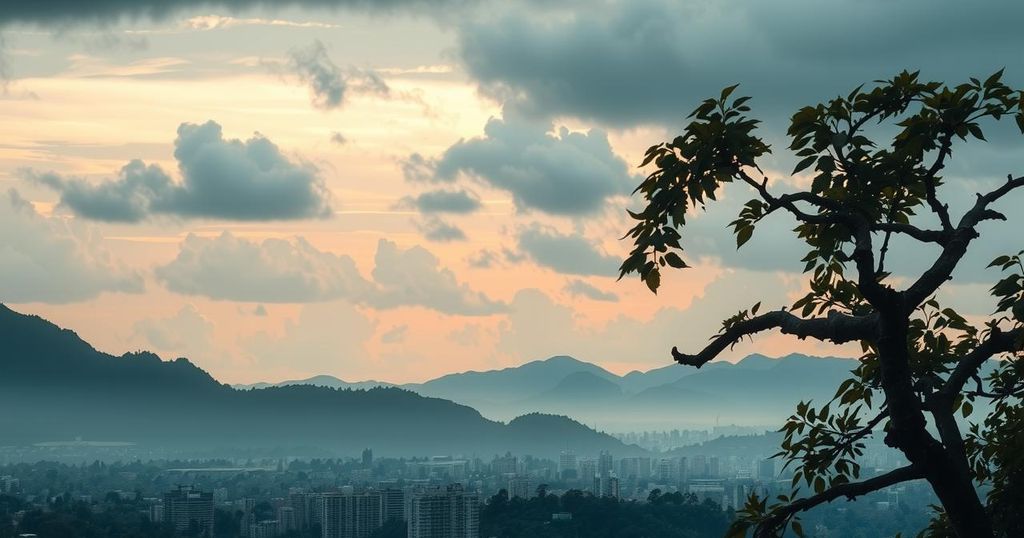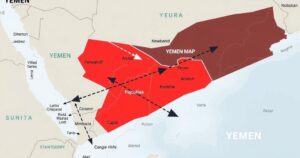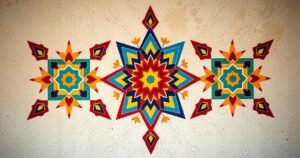Life Under M23 Control: A Visit to Goma, DR Congo

Goma, DR Congo, is under the control of the M23 rebel group following recent violent confrontations, resulting in significant casualties and injuries. Chaos reigns in hospitals struggling with the influx of injured, amidst rising fears of sexual violence as a weapon of war. The local economy suffers as many residents flee, and commerce dwindles, while the Congolese government claims it will regain control.
Upon entering Goma, located in eastern DR Congo, the bustling streets initially betray the city’s tumultuous situation. People engage in daily activities, oblivious to the fact that armed M23 rebel fighters control the region. Shortly after arriving, I encountered a checkpoint where M23 militants halted my vehicle, marking the city as their domain after recent violent captures. The rebels reported at least 700 deaths and 3,000 injuries from clashes with the Congolese army.
Amid the chaos, the M23 rebels proclaim they fight for minority rights, while the Congolese government accuses them of seeking control over valuable minerals. The scene at a local hospital reveals the dire conditions; medical personnel struggle to cope with the overwhelming influx of wounded, significantly increasing the number of patients. Those injured, including a doctor and several civilians, illustrate the brutality suffering inflicted by the ongoing violence.
Witnessing the aftermath of violence, an elderly woman recounted her experience of sustaining a gunshot wound. After enduring pain for days, she sought help only when M23 fighters facilitated her transport to a hospital. Yet, even in a private facility, overwhelmed medical staff reported an influx of serious injuries, including shrapnel wounds and gunshot victims resulting from the fighting.
The escalating violence has not only resulted in physical injuries but notably increased instances of sexual violence as a weapon of war in the ongoing conflict. Local doctors corroborate the UN’s claims regarding victims of gender-based violence, marking a dire consequence of the turmoil. Outside the hospitals, Goma exhibits a false sense of normalcy; some shops reopened, yet many remain shuttered due to the fears and economic impacts of the conflict.
Residents express fear of the continuing instability and the influence of M23 in their lives. Many have evacuated to neighboring territories, while commerce has declined as traders are unable to transport goods into the city. The local sentiment indicates an uneasy resignation to the new regime as M23 reinforces its control throughout Goma, leaving little room for resistance from the Congolese military, which appears largely absent.
As the M23 rebels advance their campaign, the Congolese government rebuffs claims of total loss of Goma, insisting on regaining their territory. Nonetheless, as tensions escalate, the conflict threatens to spill further into the nation, with M23 eyeing additional provincial capitals. Thus far, Goma stands as a significant stronghold reflecting the precarious and volatile situation many Congolese people may soon face.
The conflict in DR Congo has a long history, wherein various rebel groups have vied for power and control, particularly in the resource-rich eastern region. The M23 rebel group, composed predominantly of ethnic Tutsis, surfaced amid claims of fighting for minority rights. Their resurgence has led to fears of escalating violence, with consequences for local populations, including increased civilian casualties and the use of sexual violence as a tactic of war.
The situation in Goma serves as a testament to the complexities of the ongoing conflict in eastern DR Congo, highlighting the grave humanitarian crises and deteriorating security conditions. As the M23 maintains control amid scant opposition from the Congolese military, residents face uncertainty and fear for their future. Continued monitoring and intervention may be necessary to protect civilians and manage the repercussions of escalating violence in the region.
Original Source: www.bbc.com








